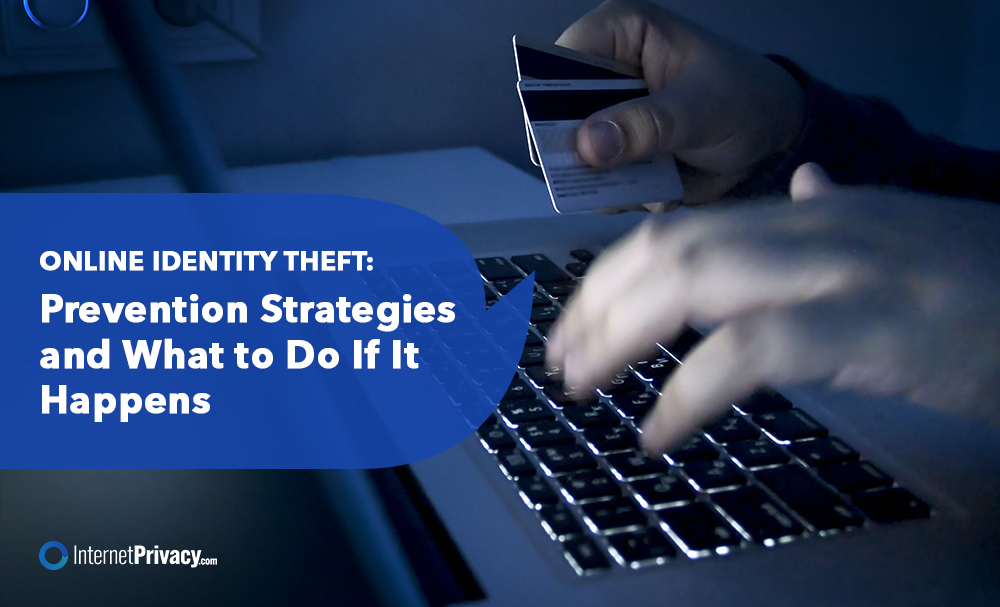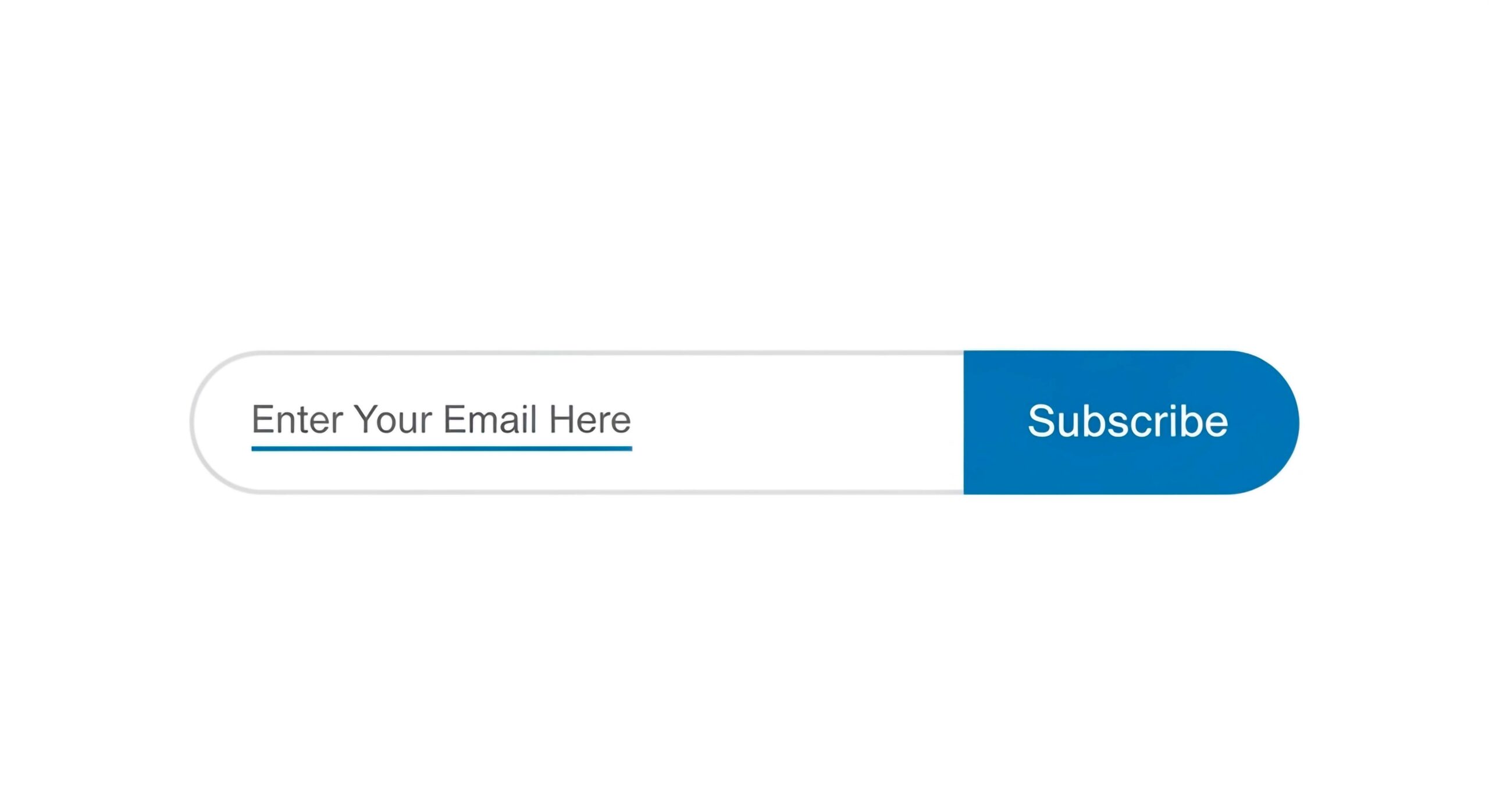Online Identity Theft: Prevention Strategies and What to Do If It Happens

Online identity theft is increasingly prevalent as thieves develop new methods to steal personal information. This guide covers what online identity theft is, how it happens, and common tactics thieves use.
Learn to recognize warning signs of identity theft, monitor your online identity, and understand the consequences of falling victim. Discover practical prevention strategies and steps to take if you become a victim.
What Is Online Identity Theft?
Online identity theft, often perpetrated by cybercriminals, involves stealing personal data such as Social Security numbers, personal or financial information, and other sensitive data to commit fraud or other malicious activities.
This type of identity theft can have severe consequences for the victim, including economic losses and damage to one’s credit score.
How Does Online Identity Theft Occur?
Online identity theft can occur through various methods, including phishing scams, data breaches, and unauthorized access to personal accounts on social media, where cybercriminals often target Social Security numbers and financial information to commit identity fraud.
What Are the Most Common Methods Used by Identity Thieves?
Identity thieves use phishing and data breaches to steal personal information and commit fraud. Phishing tricks individuals into providing personal details, while data breaches involve stealing large data sets from companies.
Thieves also gain unauthorized access to accounts, often through password guessing or malware, to harvest sensitive information and conduct fraudulent activities. Notorious phishing scams impersonate reputable organizations, leading victims to reveal login credentials and financial details.
How Do Identity Thieves Obtain Personal Information?
Identity thieves obtain personal information through data breaches, physical theft, and sophisticated hacking techniques. They steal wallets, purses, and mail or search dumpsters for discarded documents containing ID cards, passports, or Social Security cards.
Online data breaches provide hackers with vast amounts of customer information while hacking into computers or using bank accounts or through software vulnerabilities and phishing scams to capture personal data.
To prevent identity theft, individuals should monitor financial accounts, use strong, unique passwords, enable two-factor authentication, and be cautious about sharing personal information online.
Signs and Monitoring of Online Identity Theft
Signs of online identity theft include unexpected credit score changes, unauthorized transactions, and notifications from the FTC about suspicious activity or online security.
Monitor your online identity, and regularly check your credit reports from Experian, Equifax, and TransUnion using resources like AnnualCreditReport.com. Reviewing these reports helps you stay informed about suspicious activities and ensures the accuracy of your credit history.
Use credit monitoring tools to receive real-time alerts about changes in your credit profile. This will help you promptly detect potential identity theft or unauthorized credit inquiries.
Consequences and Prevention of Online Identity Theft
Online identity theft can lead to severe consequences, including financial losses, damaged credit scores, legal issues, and tax problems with the IRS. To prevent it, use strong, unique passwords, be cautious of suspicious emails and websites, secure your devices and computer networks, and regularly monitor your accounts for unusual activity.
Use Strong and Unique Passwords
- Create strong, unique passwords for each online account.
- Use password managers like LastPass and 1Password to securely store and manage your passwords, ensuring enhanced security and convenience.
Be Cautious of Suspicious Emails and Websites
- Be vigilant against phishing attacks that mimic legitimate sources.
- Avoid clicking on links or downloading attachments from unfamiliar senders. Verify the authenticity of suspicious emails through official channels.
Secure Your Devices and Networks
- Install reliable antivirus software and enable firewalls to protect against malicious attacks.
- Regularly update your operating systems and software to patch vulnerabilities and reduce the risk of exploitation by cybercriminals.
Monitor Your Accounts Regularly
- Frequently check your financial accounts for unusual transactions.
- Set up alerts with your financial institution to monitor significant transactions or those occurring in unusual locations.
- Regularly review credit card statements, bank statements, and online transaction history to ensure all charges are legitimate.
What Should You Do If You Are a Victim of Online Identity Theft?
If you become a victim of online identity theft, contact your financial institutions to report unauthorized transactions and secure your accounts.
You can also file a report with the police to document and report identity theft and obtain legal protection.
Place a fraud alert on your credit report with the major credit bureaus to prevent further damage. Also, update your passwords and security settings to prevent further unauthorized access.
Consider enrolling in an identity theft protection service like LifeLock Standard. This service provides credit monitoring, recovery support, and financial reimbursement for stolen funds and personal expenses incurred during recovery.





